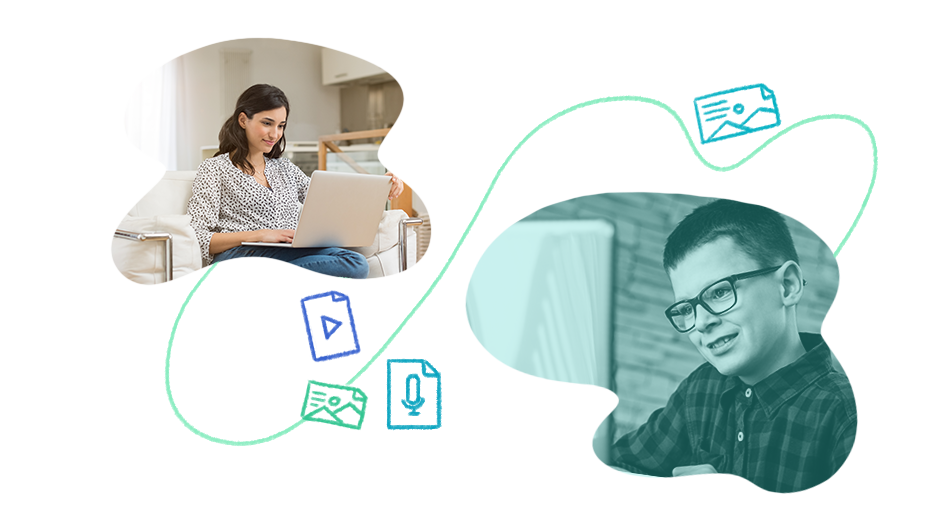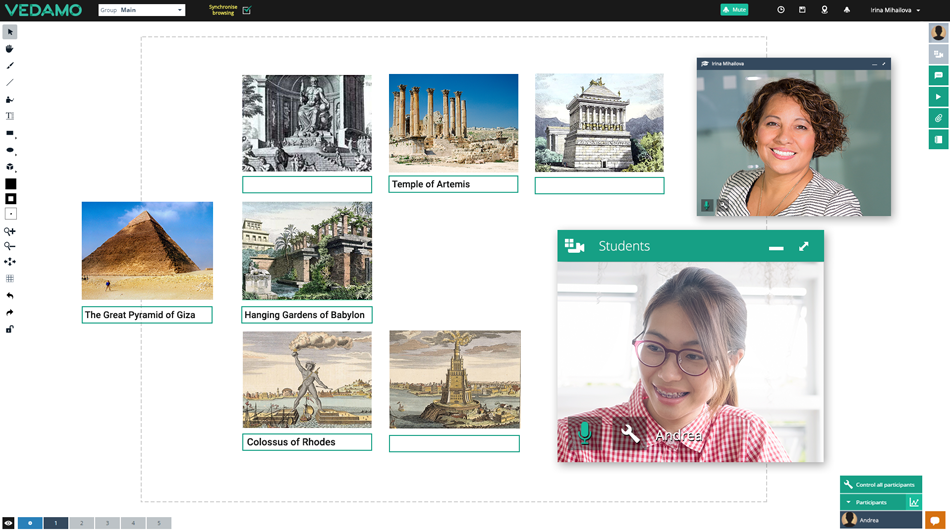Students are, of course, the most important part of any educational process. No students equal no lesson. While modern society usually places us in the role of the learner, and while technology has made education more accessible than ever before, there are quite a few students that oppose the idea of learning in a virtual environment. In this case the teacher finds themself in the delicate position of having to change their students’ minds so that they get excited to try it out. Find out how to demonstrate the advantages of the virtual classroom to your students.
The Profile of the Refusing Student
Teachers are able to identify different types of learners in their practice, one of which is the Refusing Type. These are students who do not hesitate to say “No.” They often question the teacher’s decisions and do everything they can to avoid getting out of their comfort zone. Their refusal can be a reaction to:
- a task given by the teacher
- an activity performed inside or outside the classroom
- a certain topic
They are well aware of the things that they are willing and not willing to do.
Inside the virtual classroom, the refusing type of learner stands firm in their decision and changing their mind, if at all possible, requires some effort from the teacher.
A Brief How-To Guide
When working with a refusing student, the teacher needs to be ever so careful of not crossing the line. In no case should the student be made to feel uncomfortable. What the teacher can do is try and get around their “I can’t” attitude. The teacher can show them that the virtual classroom can be a wonderful solution that will actually improve their learning experience, rather than make it worse.

In order to do that, there are several tested steps that can be useful to try and show that the virtual classroom can be the best choice:
Point Out the Advantages
Learning in the virtual classroom has many benefits that students may not know about. Some familiar arguments against the virtual classroom include: “I prefer live contact,” “I am not good enough with computers,” or “It looks like too much effort.”
Overcoming this type of negative reaction requires, first of all, listening to all that the student has to say. The teacher shouldn’t be too persuasive. Only after hearing out all of the fears and arguments against the virtual classroom should the teacher try and provide some counterarguments demonstrating the advantages of the virtual classroom. For example:
- There won’t be much of a difference in contact with others because we will be able to hear and see each other the entire time.
- You won’t need great computer skills. You just need to follow a link and sign in to the virtual classroom.
- It is actually a great convenience because you can learn from your home or your office.
- You can work on your online skills while doing a lesson.
Offer Psychological Support
If the learner seems to be getting used to the idea of being involved in a virtual learning experience, the teacher needs to offer some additional support and to encourage their decision. At this point the teacher should use the same methods that they would use during a lesson to boost the student’s confidence, including using:
- small phrases of encouragement
- positive language

- patience
This is also a good time for the teacher to talk about their own experience with virtual classroom technology by sharing their personal opinion in a more emotionally engaged way; for example, they can say that they love it or feel great during the virtual sessions.
Conduct a Brief Demonstration
The best way to demonstrate the great benefits of the virtual classroom to students is by actually showing them. Here we offer two ways, both of which have been shown to have a positive impact.
The first option is for the teacher to arrange a meeting with their refusing student inside the virtual classroom for a brief (no more than 15 minutes) demonstration. This time allows the student to see how it all works and that there is nothing challenging for them. A nice touch would be for the teacher to have prepared some materials in advance that draw attention to both the material that is being taught (shown by another angle) and to the virtual classroom’s tools. For example:
- a funny picture or an interesting video
- a song to play in the platform during the demonstration
- a lesson in the platform that is not a part of the current program, but an additional and interesting piece that can take the form of a mini-lesson or a workshop

Start Small: Blended Learning
A really useful tool in overcoming students’ fears related to virtual learning has proven to be giving them the opportunity to opt out. When students have doubts about trying out the virtual classroom technology as a possible improvement to their learning experience, the teacher might suggest using blended learning instead. Different modifications have been developed since these learning technologies emerged. Some of the most popular combinations are:
- one live lesson alternated with one virtual classroom lesson
- a virtual classroom lesson every two weeks or so as an addition to the course
- a virtual classroom meeting for several students or small groups to get together and discuss
- a larger than usual amount of reading materials or assignments, combined with a once-a-week virtual classroom meeting to discuss
